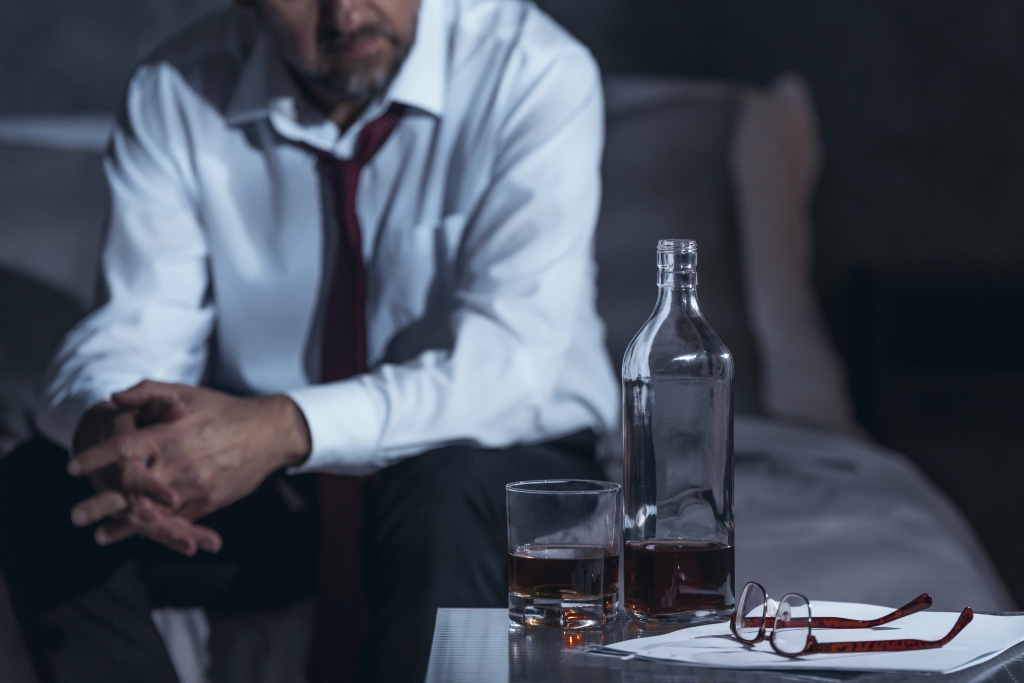Managing your drinking is a journey that doesn’t happen overnight. Rarely is the journey linear but it is always how to control drinking packed with adventure and learning opportunities. By understanding your relationship with alcohol, setting clear goals, and utilizing practical techniques, you can regain control and create a healthier, more balanced lifestyle. Remember, change takes time, so be patient and kind to yourself throughout the process. Handling cravings to drink requires practical strategies, emotional support, and a strong commitment to change.
Suggest Alcohol-Free Hangouts

Creating a personalized action plan with defined goals, coping strategies, and a support system helps manage cravings and maintain accountability. Taking small but decisive steps leads to a healthier, alcohol-free life with confidence and determination. Quitting alcohol can be a challenging but life-changing decision. Whether you’re struggling with daily drinking, experiencing negative health effects, or simply questioning your relationship with alcohol, taking the first step toward sobriety is crucial. Alcohol dependence affects millions of people, leading to physical, emotional, and social consequences. However, with the right strategies, support, and mindset, quitting is entirely possible.
What Can I Replace Alcohol With?
In addition to your online alcohol treatment program, you can also make changes to your daily routine to help take control of your relationship with alcohol. Staying sober in social situations requires planning ahead, recognizing triggers, and finding alternatives to alcohol. Setting clear goals for sober events, informing friends of your decision, and having an exit strategy help reduce temptation. Holding a non-alcoholic drink, such as sparkling water or mocktails, minimizes pressure to drink. Engaging in physical activities and focusing on social connections rather than alcohol strengthens commitment. Preparing in advance ensures a confident, enjoyable, and alcohol-free experience in any social setting.
Measure your drinks.

Seeking professional help increases the chances of a successful, structured recovery. By recognizing your drinking patterns, you can begin to take the necessary steps to stop binge drinking and start making behavioral changes that promote a healthier relationship with alcohol. For many, working with a therapist on a specialized alcohol therapy program can be a really effective way to make a long-lasting change.
The urge to drink will inevitably come—so make a plan for it. Remind yourself of why you want to cut back, talk to a friend about it and distract yourself with a hobby or exercise, the NIAAA suggests. “Once you have a sense of how much you’re drinking, it’s helpful to track how many drinks you’re having per day,” says Witkiewitz. “You could use a calendar, journal or any number of tracking apps.” Drink Control Alcohol Tracker or Less are two examples of free tracking apps available on iOS devices.
Alcohol abuse happens when drinking leads to problems in daily life, health, or relationships. It can cause physical dependence, mental health issues, and risky behaviors. Over time, excessive drinking may lead to addiction, making it hard to stop without help. Recognizing the signs early and seeking support can prevent long-term damage and improve overall well-being. If you’ve recently noticed that you drink too much, or feel troubled by your drinking habits, you’re not alone. According to the Centers for Disease Control and Prevention (CDC), nearly one in six U.S. adults engages in binge drinking once a week.
While some drink to cope with stress, anxiety, or depression, alcohol can actually worsen these conditions over time. It disrupts brain function, affects mood stability, and increases the risk of addiction. Heavy drinking can also lead to memory loss and poor decision-making. Reducing alcohol use can improve mental clarity, emotional balance, and overall well-being.
You might even discover new passions that were previously clouded by alcohol. A key aspect of abstinence is understanding and navigating through the withdrawal process – a daunting task indeed but necessary for recovery. The severity of these symptoms can vary widely depending on how much you are drinking, how frequently, and your overall physical health. For example, you might notice that you drink more on weekends when socializing with friends or that you reach for a glass of wine after a stressful day at work. By identifying these patterns and triggers, you can develop strategies to manage or avoid them. By identifying patterns in your drinking behavior, you can develop strategies to avoid or manage these triggers.
- But they are not as seriously dependent as those who enter abstinence-focused treatment programs.
- Having a strong support network reduces feelings of isolation and increases the chances of long-term success in recovery.
- Consider taking a class or workshop in a subject that interests you, such as a foreign language, coding, or woodworking.
- If drinking has become a big part of your life, try substituting other activities during those times when you might usually drink.
- Learn which signs to look out for, and how to care for your well-being.
If I couldn’t first accept this, then there was no chance I would ever fix it. There is no known safe amount of alcohol consumption for those who are pregnant. It is important to talk with your healthcare provider to help you understand all the different treatment options and what may be best for you.
You may need to try to quit drinking altogether or seek help to quit. If you are currently drinking more than the recommended guidelines, any change that you make—even small changes—can help you reduce the harm that alcohol can cause. The less you drink, the lower your risk of developing problems.

How to Stop Alcohol Cravings
Gill is the owner of the Sober Powered Media Podcast Network, which is the first network of top sober podcasts. It’s hard to quit drinking when you only Halfway house see yourself as a person who normally drinks but is taking a break. Whether your goal is long-term or short-term sobriety, this is the wrong mindset.
#2: Create a Plan
It is advised to have a dependable support person when going to gatherings where alcohol will be served. When you’re not alone yourself, it’s frequently simpler to decline a drink. Naltrexone is available as either a daily pill (available under the brand names Depade and ReVia) or a once-per-month injection (available under the brand name Vivitrol). Research suggests that naltrexone can be helpful for reducing drinking, particularly when combined with other supportive treatments. Chances are, you are going to be in situations in which someone offers you a drink or expects you to drink with them as you have done in the past.
